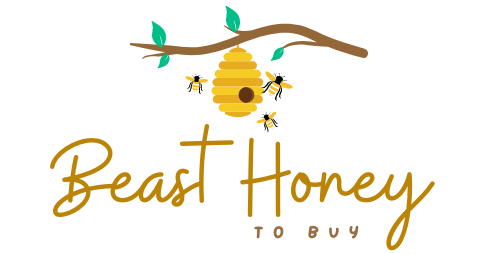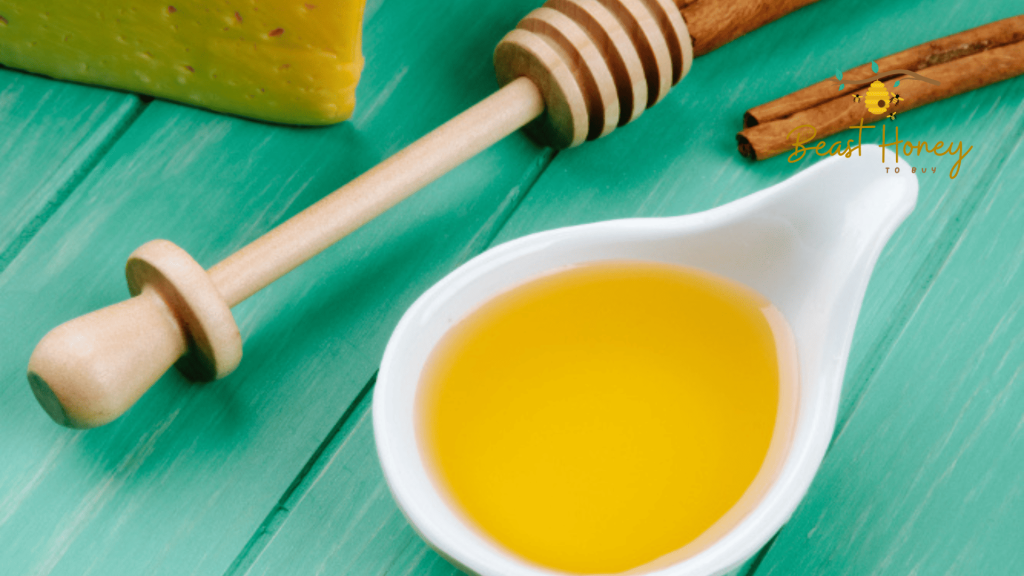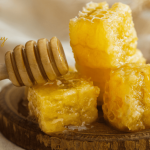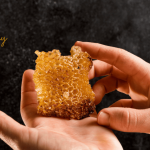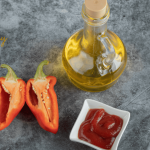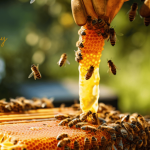Honey is a sweet treat loved worldwide. But not all honey is the same. Two types stand out: Manuka honey from New Zealand and Hawaiian honey from the islands of Hawaii. Both are prized for their unique flavors and health benefits.
But which one is rarer? Let’s dive into the world of Manuka and Hawaiian honey. We’ll explore their origins, production, and what makes them special. By the end, you’ll know which honey is harder to find and why.
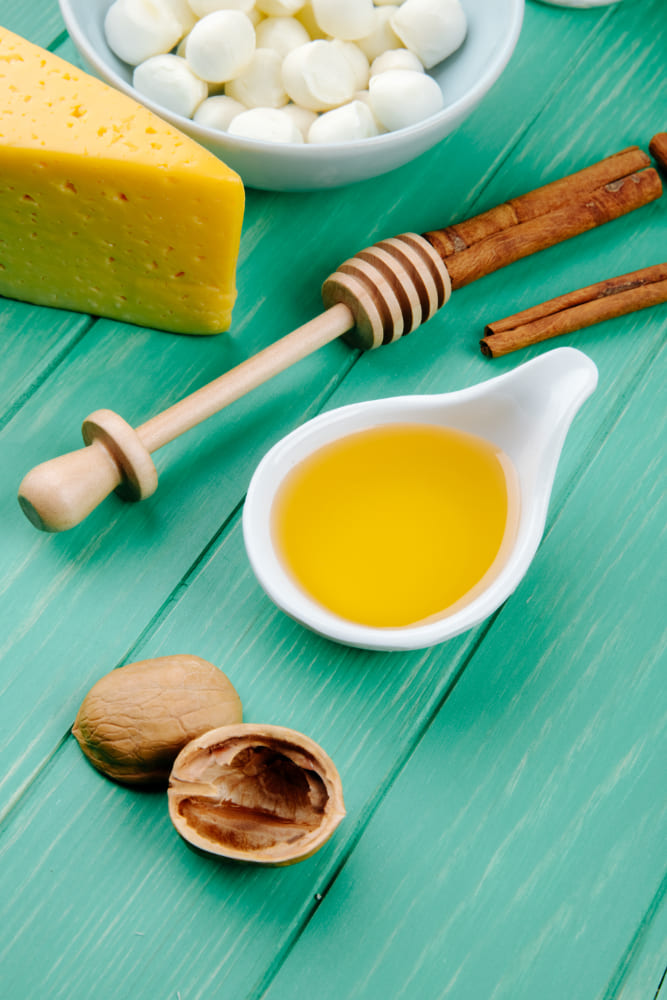
What is Manuka Honey?
Manuka honey comes from New Zealand. It’s made by bees that pollinate the Manuka bush (Leptospermum scoparium). This honey is famous for its health benefits. It has a rich, earthy flavor. People use it for everything from skincare to sore throats. Its unique properties make it a premium product.
Why is Manuka Honey Special?
Manuka honey contains methylglyoxal (MGO). This compound gives it strong antibacterial properties. The higher the MGO, the more potent the honey. Manuka honey is graded using the Unique Manuka Factor (UMF) scale. A UMF rating of 10+ or higher is considered high quality. This makes authentic Manuka honey highly sought after.
- Health benefits: Antibacterial, anti-inflammatory, and soothing.
- Flavor: Bold, earthy, and slightly bitter.
- Uses: Medicinal, culinary, and skincare.
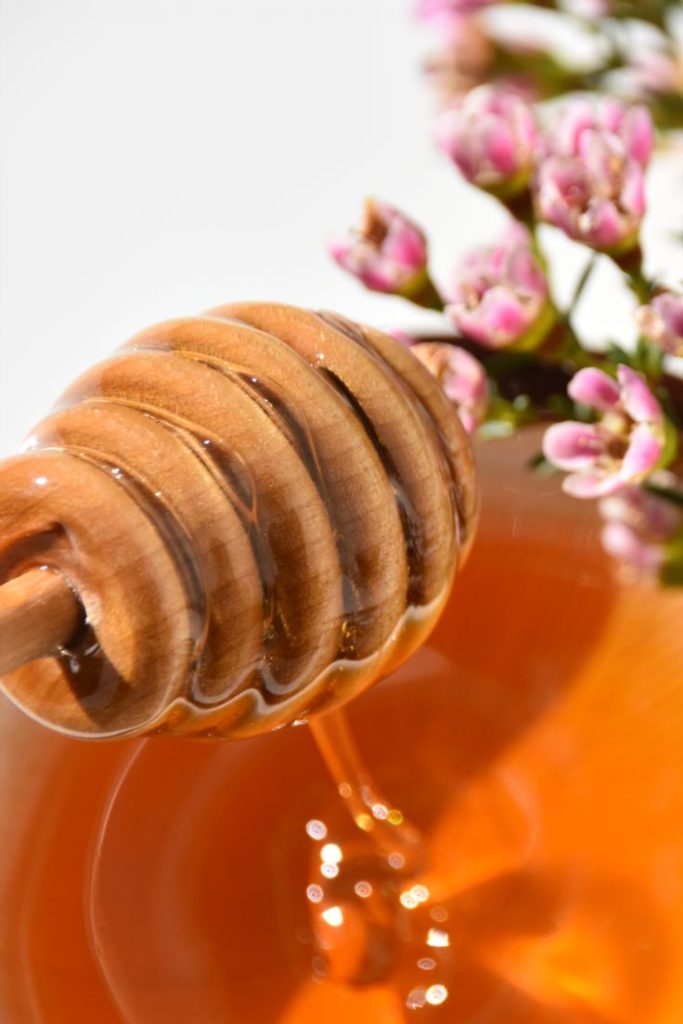
What is Hawaiian Honey?
Hawaiian honey is produced in the Hawaiian Islands. It comes from various flowers, like the ‘Ohi’a Lehua blossom. Each island produces distinct flavors based on its unique plants. Hawaiian honey is known for its smooth texture and tropical notes. It’s a favorite for foodies and health enthusiasts alike.
Types of Hawaiian Honey
Hawaii’s diverse ecosystems create different honey varieties. The most famous is Lehua honey, made from the ‘Ohi’a Lehua flower. Other types include Kiawe honey and Macadamia Nut Blossom honey. Each has a unique taste and color, from creamy white to dark amber.
- Lehua honey: Floral, delicate, and rare.
- Kiawe honey: Light, creamy, and sweet.
- Macadamia honey: Nutty and rich.
How Rarity is Determined
To decide which honey is rarer, we need to look at a few factors. These include production volume, sourcing challenges, and environmental limits. Let’s compare Manuka and Hawaiian honey on these points.
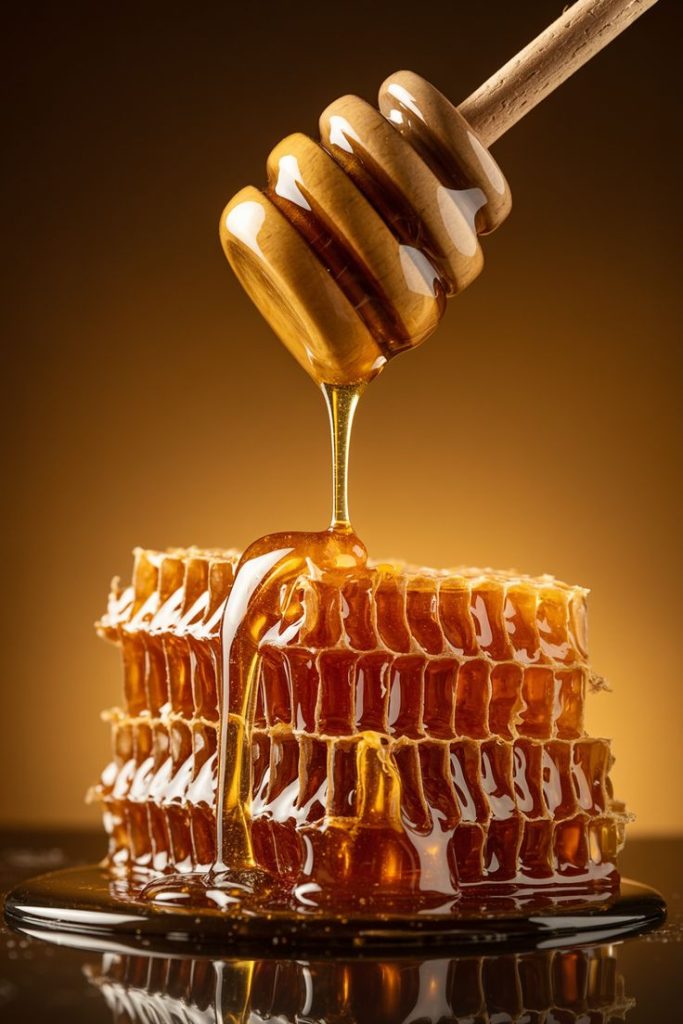
Production Volume
Manuka honey is produced in small quantities. The Manuka bush only grows in specific parts of New Zealand. The flowering season is short, lasting just 2–6 weeks. This limits how much honey bees can make. Only about 1,700 tons of Manuka honey are produced yearly. Not all of it meets high UMF standards.
Hawaiian honey is also limited in production. Hawaii’s small land area and unique ecosystems mean less space for bees. Lehua honey, for example, is made from a flower found only on certain islands. Total production varies but is estimated at under 1,000 tons annually for all Hawaiian honeys combined.
Sourcing Challenges
Manuka honey is tricky to harvest. Beekeepers must place hives in remote, rugged areas. The Manuka bush grows in hilly, wild regions. Weather can also affect the harvest. A bad season means less honey. Plus, authentic Manuka honey must be tested for purity. This adds cost and complexity.
Hawaiian honey faces its own challenges. The ‘Ohi’a Lehua flower, for instance, grows in volcanic areas. These are hard to access. Invasive species and diseases, like the Rapid ‘Ohi’a Death fungus, threaten the trees.
This reduces the flowers available for bees. Small-scale beekeepers dominate in Hawaii, limiting large-scale production.
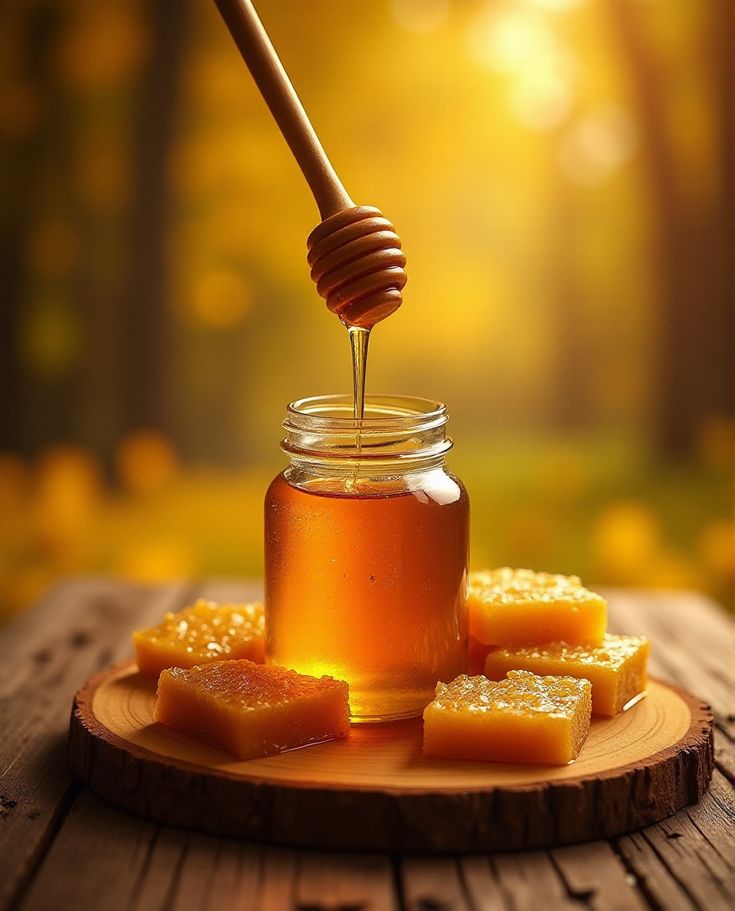
Environmental Limits
New Zealand’s environment supports Manuka bushes, but only in certain areas. Climate change and land use affect growth. Deforestation or urban development can shrink Manuka habitats. This makes high-quality Manuka honey harder to produce over time.
Hawaii’s environment is even more fragile. The islands face threats like volcanic activity and invasive pests. The ‘Ohi’a Lehua tree, vital for Lehua honey, is under stress. Conservation efforts are in place, but they limit how much honey can be made. Hawaii’s small size also caps production compared to larger regions.
Comparing Rarity: Manuka vs. Hawaiian Honey
So, which honey is rarer? Let’s break it down.
Manuka Honey Rarity
Manuka honey is rare due to its limited production. Only New Zealand produces true Manuka honey. The short flowering season and strict UMF standards reduce supply. High-demand UMF 15+ or 20+ Manuka honey is especially scarce.
Prices can reach $100–$200 per jar for premium grades. Counterfeit Manuka honey is also a problem, making authentic supply even tighter.
- Limited region: Only New Zealand.
- Short season: 2–6 weeks of flowering.
- High standards: UMF testing reduces eligible honey.
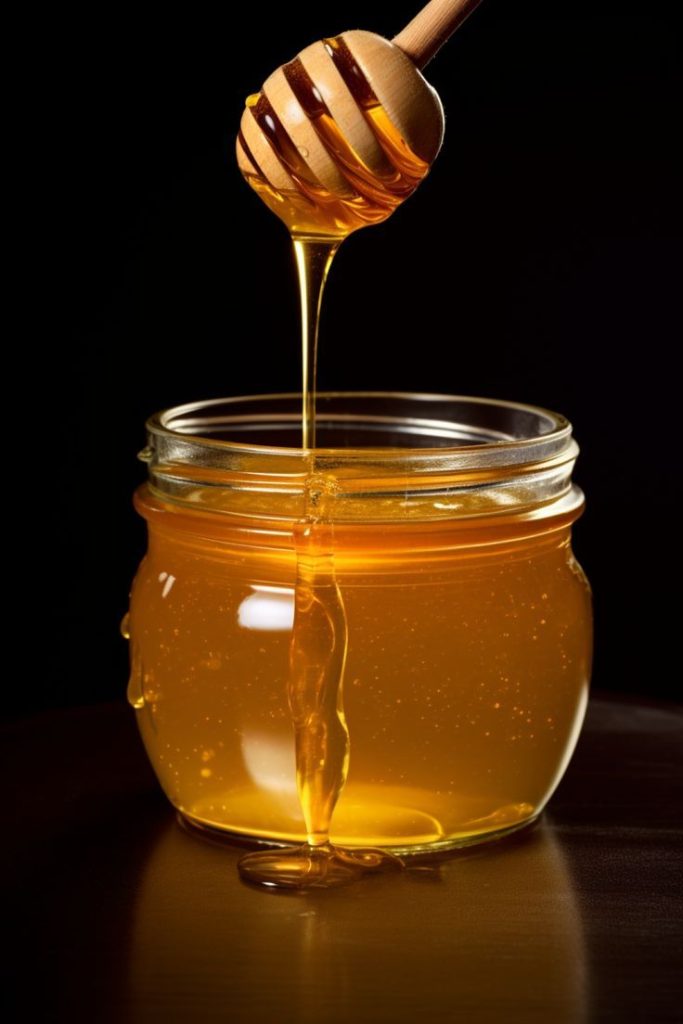
Hawaiian Honey Rarity
Hawaiian honey, especially Lehua honey, is also very rare. The ‘Ohi’a Lehua flower grows in specific areas, like the Big Island. Environmental threats like fungal diseases cut into supply. Hawaii’s small size means less land for beekeeping. Lehua honey can cost $50–$100 per jar, reflecting its scarcity. Other Hawaiian honeys, like Kiawe, are more common but still limited compared to mainland honey.
- Unique flowers: Lehua only grows in Hawaii.
- Environmental threats: Fungal diseases and volcanic activity.
- Small scale: Limited by Hawaii’s geography.
Which is Rarer?
Lehua honey is likely rarer than Manuka honey. While both are limited, Lehua honey comes from a single flower type in a smaller region. Manuka honey, while exclusive to New Zealand, has a slightly larger production volume.
The ‘Ohi’a Lehua tree’s declining health adds to Lehua honey’s scarcity. However, high-grade Manuka (UMF 20+) can be just as hard to find as Lehua honey.
Why Rarity Matters
Rarity affects price, availability, and consumer interest. Rare honeys are seen as luxury items. They’re popular for gifts, health remedies, or gourmet cooking. But rarity also raises concerns about sustainability. Overharvesting or environmental damage could make these honeys even scarcer.
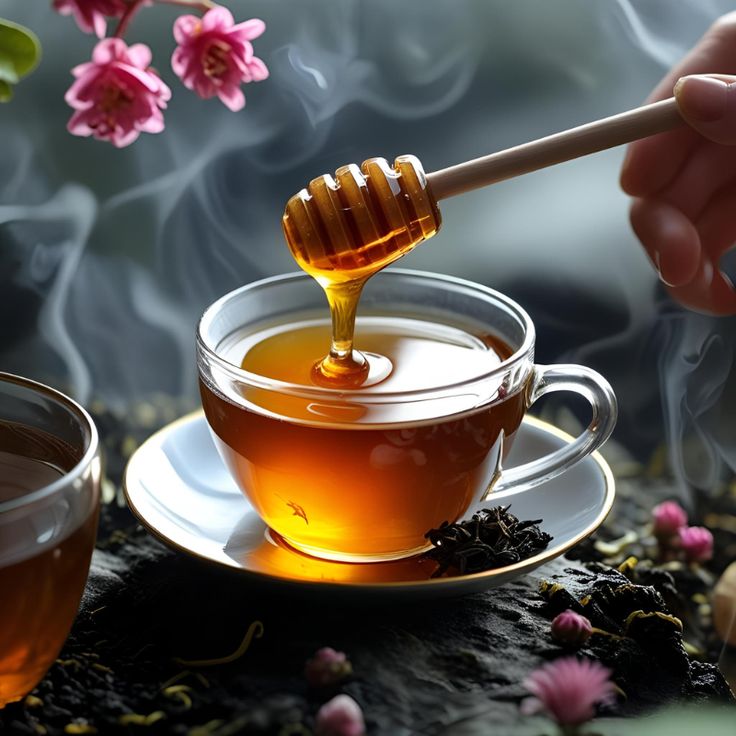
For Consumers
If you’re choosing between Manuka and Hawaiian honey, consider your needs. Manuka is ideal for medicinal uses due to its MGO content. Hawaiian honey, especially Lehua, is perfect for unique flavors in cooking or gifting. Both are expensive, so check for authenticity.
Look for UMF certification for Manuka or trusted Hawaiian brands for Lehua.
For Businesses
Brands can capitalize on the rarity of these honeys. Marketing their unique stories—Manuka’s healing powers or Lehua’s Hawaiian heritage—builds appeal. Sustainable sourcing is key. Supporting local beekeepers and conservation efforts can attract eco-conscious buyers.
How to Choose Authentic Honey
With rare honeys, fakes are common. Here’s how to ensure you’re getting the real deal:
- Manuka honey: Look for UMF or MGO ratings on the label. Buy from reputable New Zealand brands like Comvita or Manuka Health.
- Hawaiian honey: Choose brands like Big Island Bees or Volcano Island Honey. Check for “100% Hawaiian” labels.
- Avoid deals too good to be true: Rare honeys are pricey. Suspiciously cheap jars are likely fake.
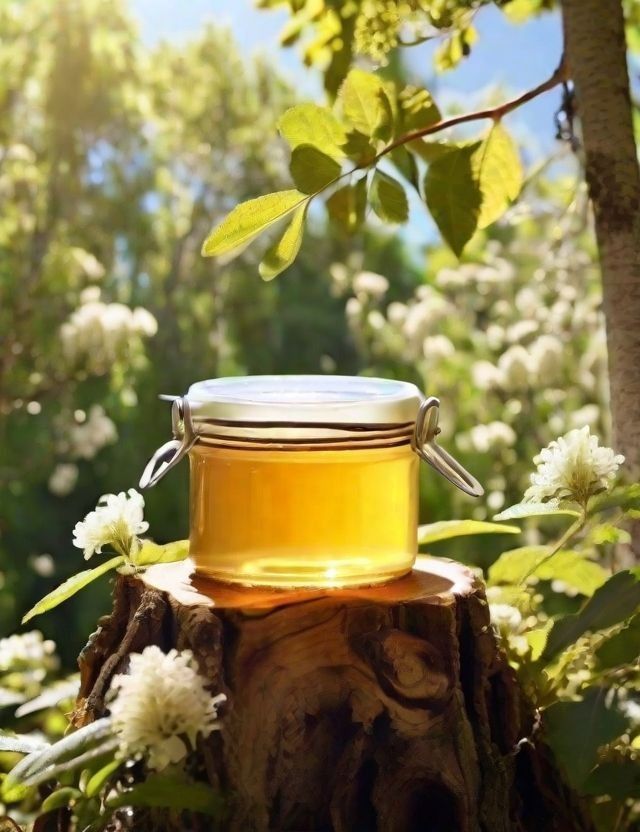
The Future of Manuka and Hawaiian Honey
Both honeys face challenges. Climate change, pests, and land use threaten production. But demand is growing. Consumers want natural, high-quality products. Sustainable practices will be crucial. Beekeepers in New Zealand and Hawaii are working to protect their ecosystems.
This could ensure these honeys stay available.
What to Expect
- More certifications: Stricter standards to prevent fakes.
- Conservation efforts: Protecting Manuka bushes and ‘Ohi’a trees.
- Rising prices: Rarity and demand will keep costs high.
Final Thoughts: Which Should You Try?
Manuka and Hawaiian honeys are both special. Manuka is rarer in its high-grade forms, but Lehua honey takes the crown for overall scarcity. Both offer unique flavors and benefits. Try Manuka for health-focused uses.
Go for Hawaiian honey for a tropical treat. Either way, you’re getting a rare, delicious product.
Have you tried Manuka or Hawaiian honey? Which is your favorite? Share your thoughts in the comments! Let’s keep the honey love buzzing.
